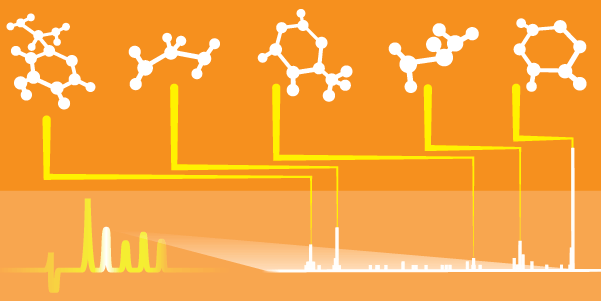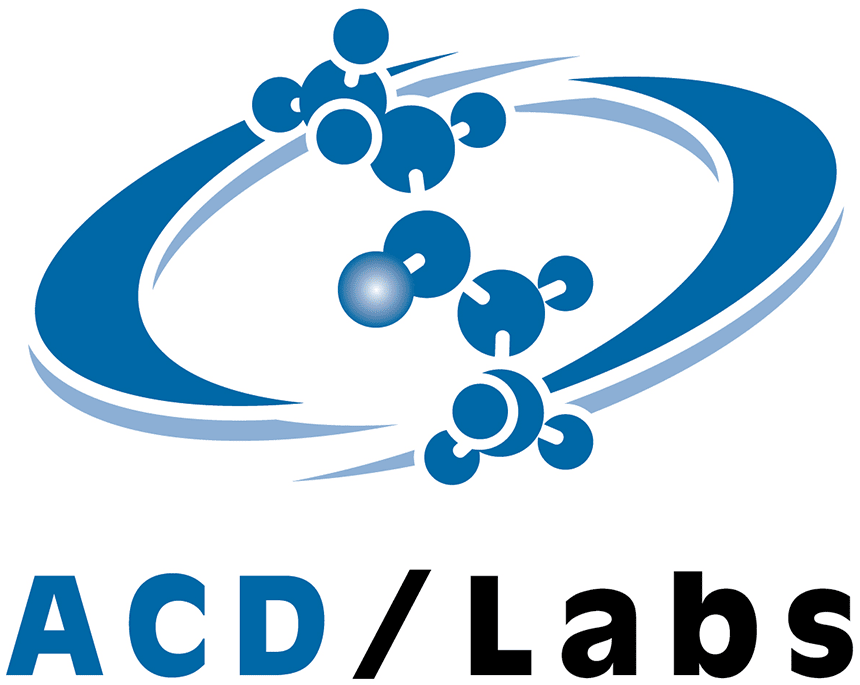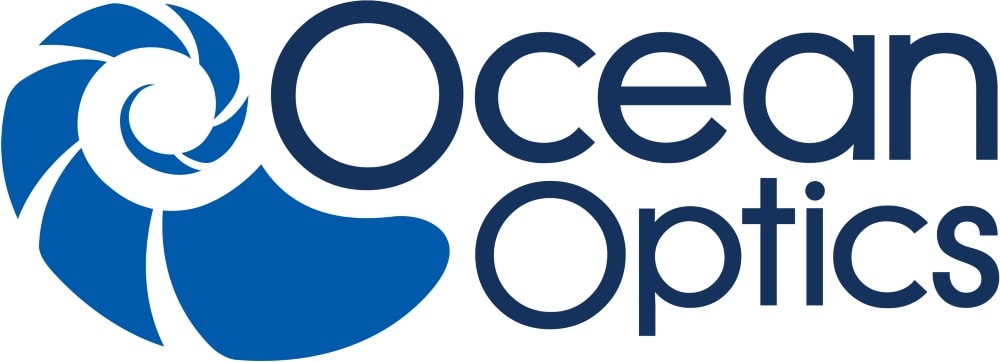As the capabilities of mass spectrometers (MS) progress with improved resolution and mass accuracy, the demand for analysis of samples that are more complex has emerged. Some of the sample complexity can be reduced with the use of chromatography; however, co-elution of components is nearly unavoidable.
While the use of MS instruments with greater capabilities can be used to more accurately determine elemental composition of components, these data still lack structural information. Here we describe an extension of a new chromatographic deconvolution algorithm, based on ion threads, that shows components throughout sample analysis, while also automatically searching spectral databases to aid in structure identification.






